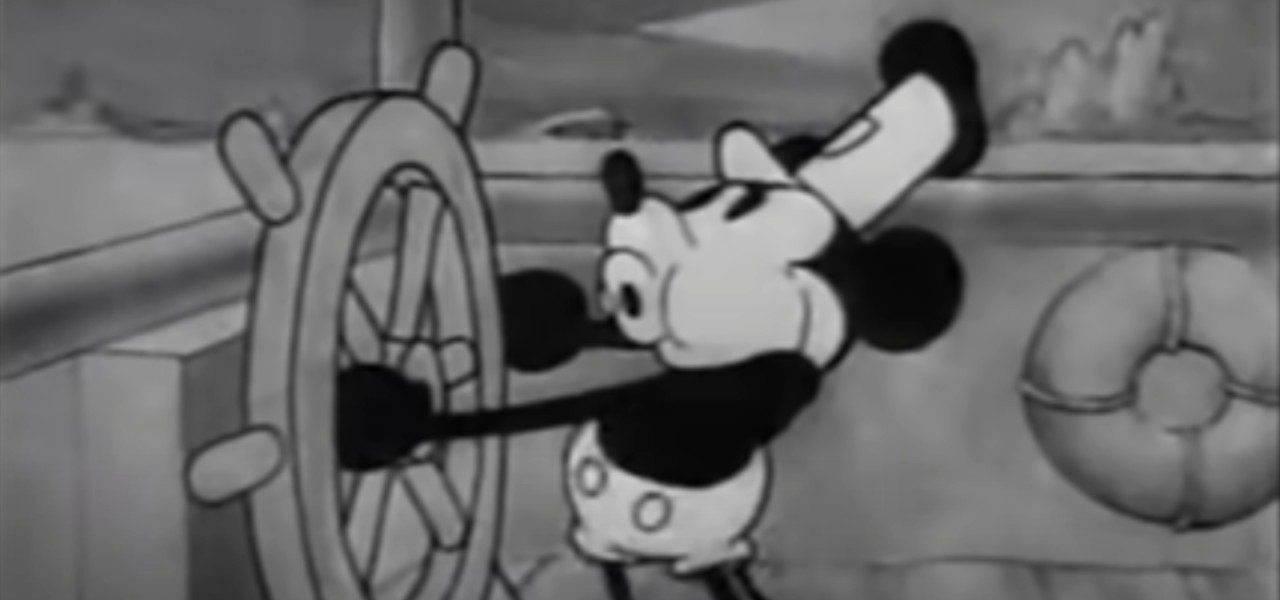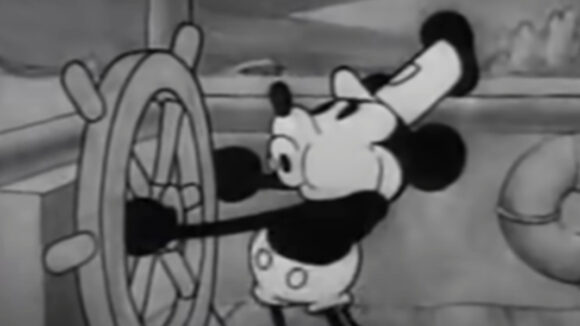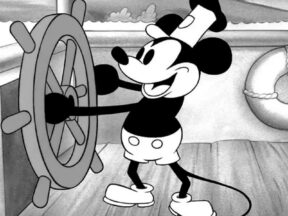

Advancements In Sound Technology Ensured Mickey Would Become A Cartoon Icon
A seemingly endless stream of Steamboat Willie-themed content has been released since the 1928 Disney short film hit the public domain on January 1. We highlighted some standout (good, bad, and ugly) projects that emerged in the first few hours of the new year.
Few of the videos we’ve seen so far have been as enlightening or entertaining as Youtuber Phil Edwards’ “The Trick that Made Mickey Mouse Famous.” And none have been as well researched.
In his video, Edwards proposes the question: “What made Mickey Mouse a star?” He suggests Mickey became famous not because of anything special about the character but because Steamboat Willie marked milestones in filmmaking and exhibiting technology.
Edwards does a phenomenal job of explaining not only how the technology worked but also why it was so impressive to audiences at the time. How he describes the technology makes it feel like true movie magic. According to Edwards, Mickey was to the era of early films with sound what Toy Story was to cg animation or The Super Mario Bros. to console video gaming.
In the early days of films with sound, exhibitors would project the film and play a record simultaneously on two separate devices. That was problematic for several reasons, and any number of factors could cause a film’s sound to fall out of sync with the video.
A far better alternative came about later when engineers created, among several similar alternatives, “variable density sound,” a way to convert sound into an electrical signal that was recorded onto a sound negative. The sound negative was then printed to the side of a film negative on a single reel, which could be projected in cinemas. Because sound and video were on the same reel, they were always in sync. This method wasn’t invented by Disney but was refined by the company on the Steamboat Willie short, giving the film a sound quality that audiences had not previously experienced.
In his video, Edwards included a quote from Variety’s 1928 review of Steamboat Willie, which hammers home just how innovative the film was at the time:
Not the first animated cartoon to be synchronized with sound effects, but the first to attract favorable attention. This one represents a high order of cartoon ingenuity, cleverly combined with sound effects. The union brought laughs galore.
According to Edwards, the groundbreaking work done on Steamboat Willie ensured Mickey would go down in cinema history “Because he literally pushed at the edges of what film could do.”



